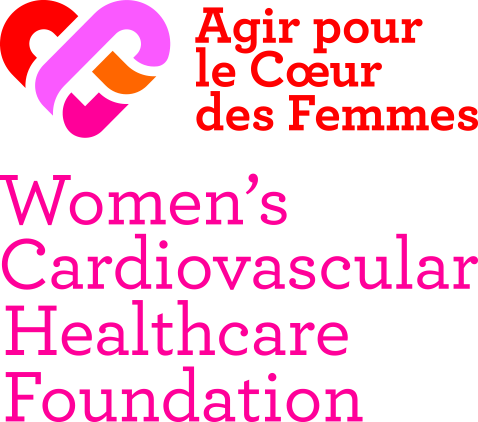
ANTICIPER
Nutrition
How to Eat Well to Live Well
Eating well means eating a varied, balanced, low-salt diet. It means eating some of everything but in the right amounts at the right time.

Fruit: whole, in a compote or salad, etc.
And water, whenever you want—it’s the only essential beverage! Ideally, it’s recommended that you eat five fruits and veggies per day, meaning at least 14 oz. for every meal. Eat them in all forms (cooked, raw, etc.) to benefit from their fiber and vitamin K. It’s important to limit your salt intake to just over one teaspoon per day because salt promotes weight gain and hypertension and aggravates osteoporosis. Watch out for hidden salt in cheese, cold cuts, preserves, pre-cooked meals and desserts. To add extra flavor in place of salt, opt for spices, garlic, onions, shallots and aromatic herbs. Finally, it’s recommended to limit alcohol consumption to no more than eight units per week and make sure there’s at least one day when you don’t partake. One unit = a glass of red wine (4 oz.) or beer (8.5 oz.). Avoid consuming cocktails since they’re high in sugar and contain hard liquor.
SEE ALSO
Why Staying Active is the Best Medicine for Your Heart
Physical Activity
These days, we know how important it is to be physically active to stay healthy as long as possible and prevent cardiovascular disease. Experts are unanimous that exercise is the best medicine and has many beneficial effects: it reduces pain, strengthens the immune system, prevents depression, [...]
Why Tobacco is a Young Woman’s No. 1 Nemesis
Tobacco
Tobacco is the most alarming avoidable risk factor because it’s responsible for the earliest cardiovascular events in women. At any age, for the same rate of tobacco use, the risk of heart attacks is 25% higher for women than men. Tobacco is harmful for the heart and arteries, no matter how much is [...]
Why You Should Give Yourself Time to Move!
Only a little over half of women in France (53%) get the WHO’s recommended level of physical activity, which is at least two and a half hours per week of moderately intense activity or one hour and fifteen minutes of intense activity, according to a study published June 9, 2020 in the Santé [...]




